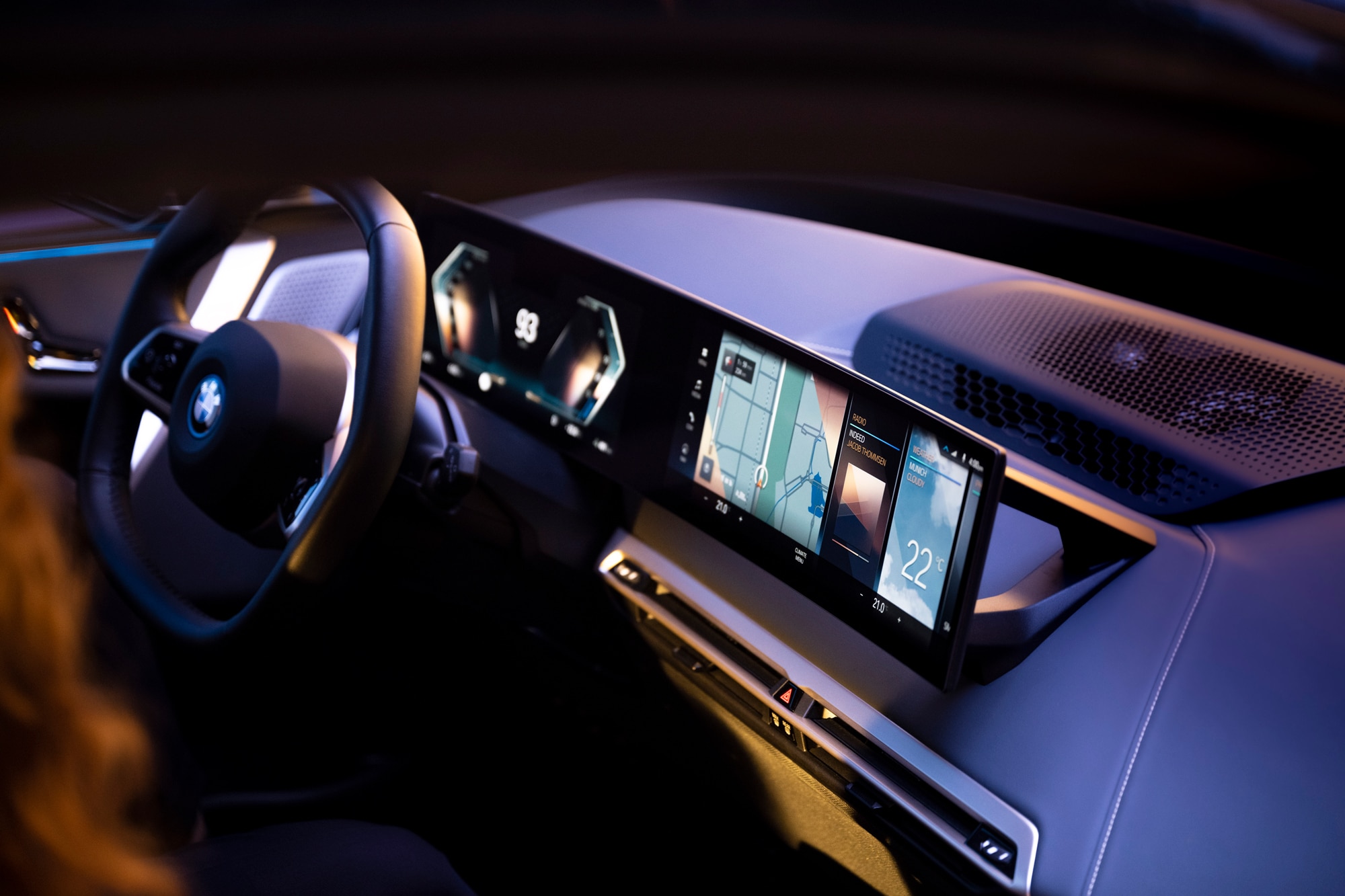How Do I Reset the Tire-Pressure Light in a BMW?
Resolve that glowing alert with a quick dive into the infotainment system.
 BMW
BMW
By law, every modern vehicle comes with a tire-pressure monitoring system (TPMS) to inform the driver — via a light or warning message on the instrument cluster or infotainment screen — when the air pressure in the tires drops below a safe level. This could happen due to wheel damage, a puncture, or a significant change in the outside temperature. After you’ve addressed the problem, the TPMS light may remain on for a few minutes or until you’ve taken the car for a short trip. If that doesn’t do the trick, though, you’ll need to perform a manual reset. Here’s how to do it in a BMW with iDrive 7 or newer.
Resetting the TPMS Light
Step 1: From the home screen, use the iDrive Controller (or touchscreen, if your BMW has one) to select the car icon.
Step 2: Select Vehicle Status.
Step 3: Hit Tire Pressure Monitor.
Step 4: Tap Perform Reset. For this to work, the car must be on and stopped.
Step 5: Drive around.
The screen will indicate that the reset is in progress. After a few minutes of driving, the message should change to “Reset successful,” and that TPMS alert should be gone.
Manually Setting Tire-Pressure Measurements
Did you know your Bimmer's TPMS can remember two different sets of tire pressures? This comes in handy for those who rotate between a couple of tire types to fit the season or the activity such as track driving. If you’re among that group, here’s how to make your TPMS work for you.
Repeat steps 1 through 3 mentioned above.
Step 4: Select Tire Settings.
Step 5: Tap Tire Selection.
Step 6: Choose the appropriate tire type (Summer or Winter/All-Season) and the correct size to match what’s currently on your vehicle. BMW also gives you the option to set the maximum speed for the tires to either above 100 mph or below it. Unless you intend to do some track driving, you’ll want to select below 100 mph.
Step 7: Select Save Tire Settings.
Written by humans.
Edited by humans.
 Sami Haj-Assaad
Sami Haj-AssaadSami Haj-Assaad is an award-winning automotive journalist who has contributed to several automotive, electric vehicle, luxury lifestyle, and technology publications. His work isn't just limited to the written word, as he's also hosted YouTube videos and podcasts. Having grown up in the '90s, he has a strong sense of attachment to that era's style, though he also loves to geek out about the modern, futuristic tech and powertrains rolling out today.
Related articles
View more related articles